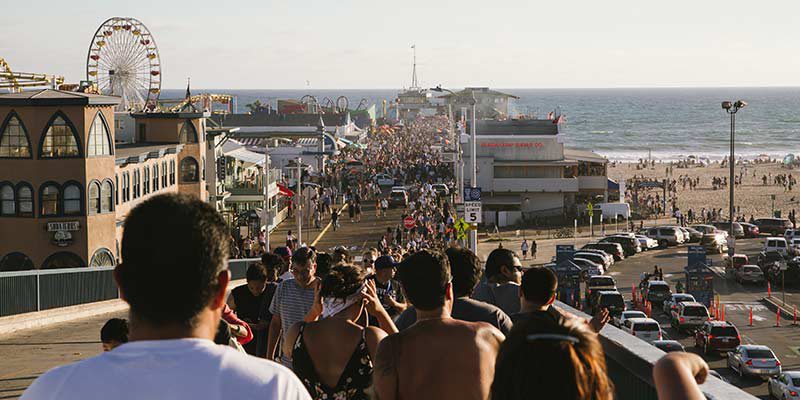My friend and colleague, Michele Goldwasser, died of breast cancer recently. She was diagnosed with cancer initially 10 years ago, and it recurred in 2015. She was in treatment for the rest of her life. This post isn’t specifically about my friend, or the other women I know who are currently being treated for breast cancer. It’s about the little-discussed links between breast cancer and our environment.
According to the National Institute of Environmental Health Sciences, one in eight women in the United States is diagnosed with breast cancer each year. In the 1960s, that number was much lower, and a woman’s lifetime risk for breast cancer was one in twenty. Family history accounts for about ten percent of breast cancer diagnoses. What accounts for the rest?
A lot of that depends on how you view health. In the United States, our main model for understanding health and disease is the biomedical model. Individuals are diagnosed with illnesses or health problems, and are treated individually for those specific problems. There is a lot of talk of prevention as well, but prevention takes the form of “individual lifestyle choices,” mainly diet and exercise. Our rising obesity is linked to many health problems, including breast cancer, but is still mostly treated as an individual problem requiring better diet and increased exercise.


